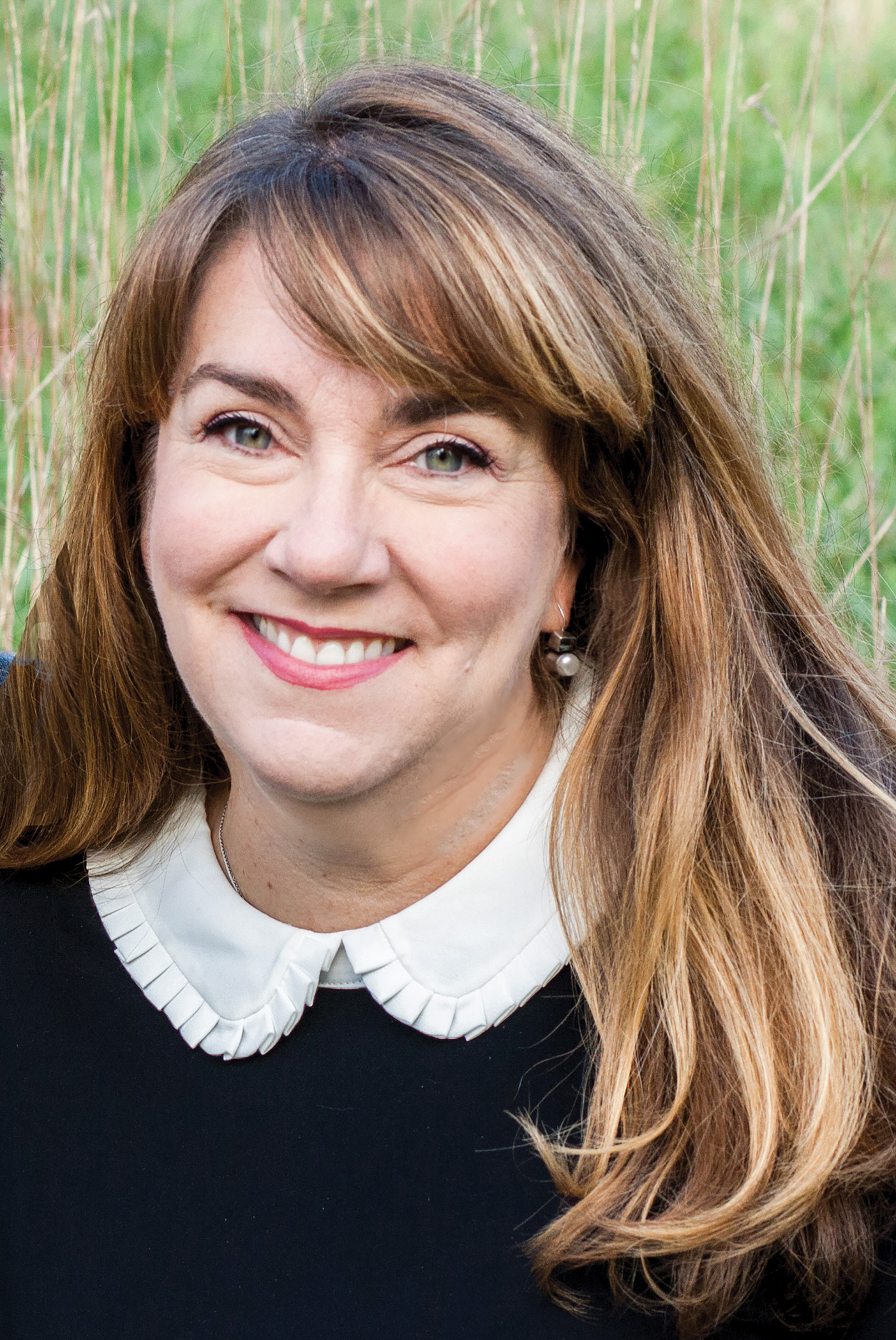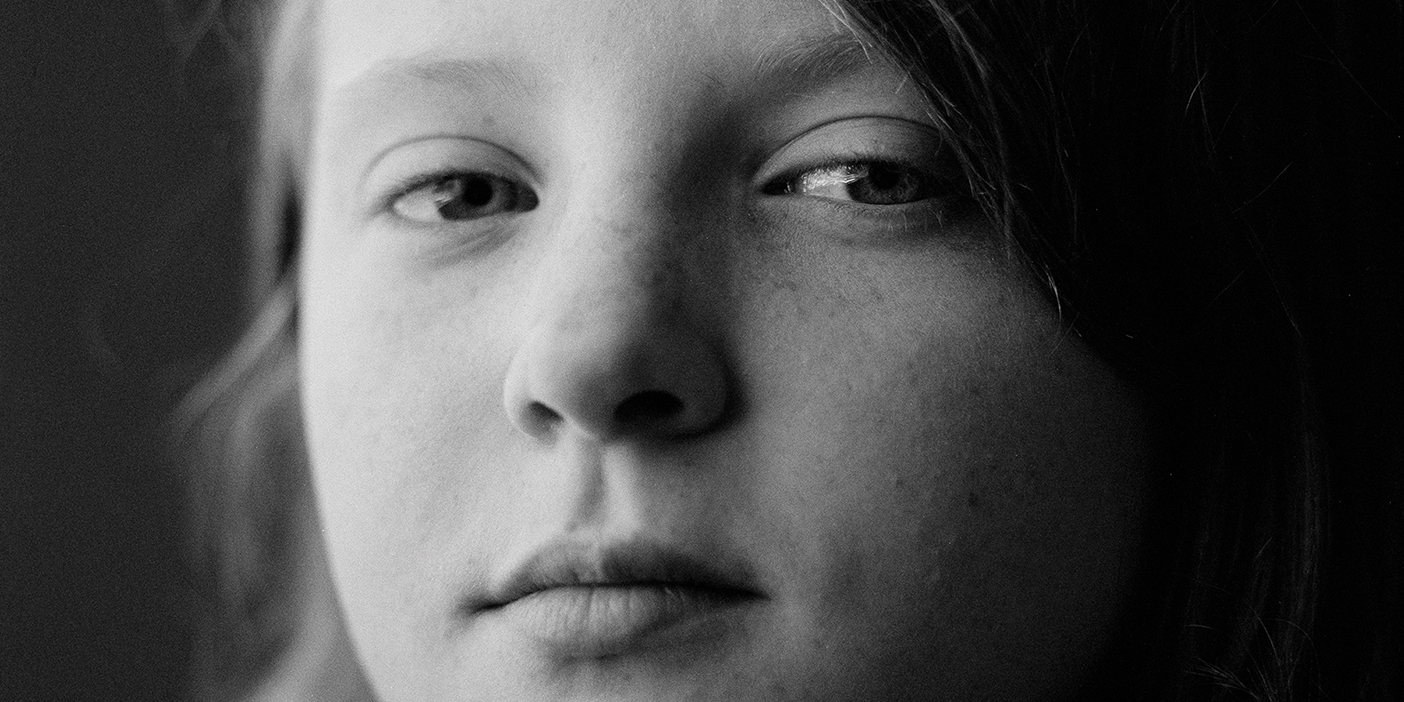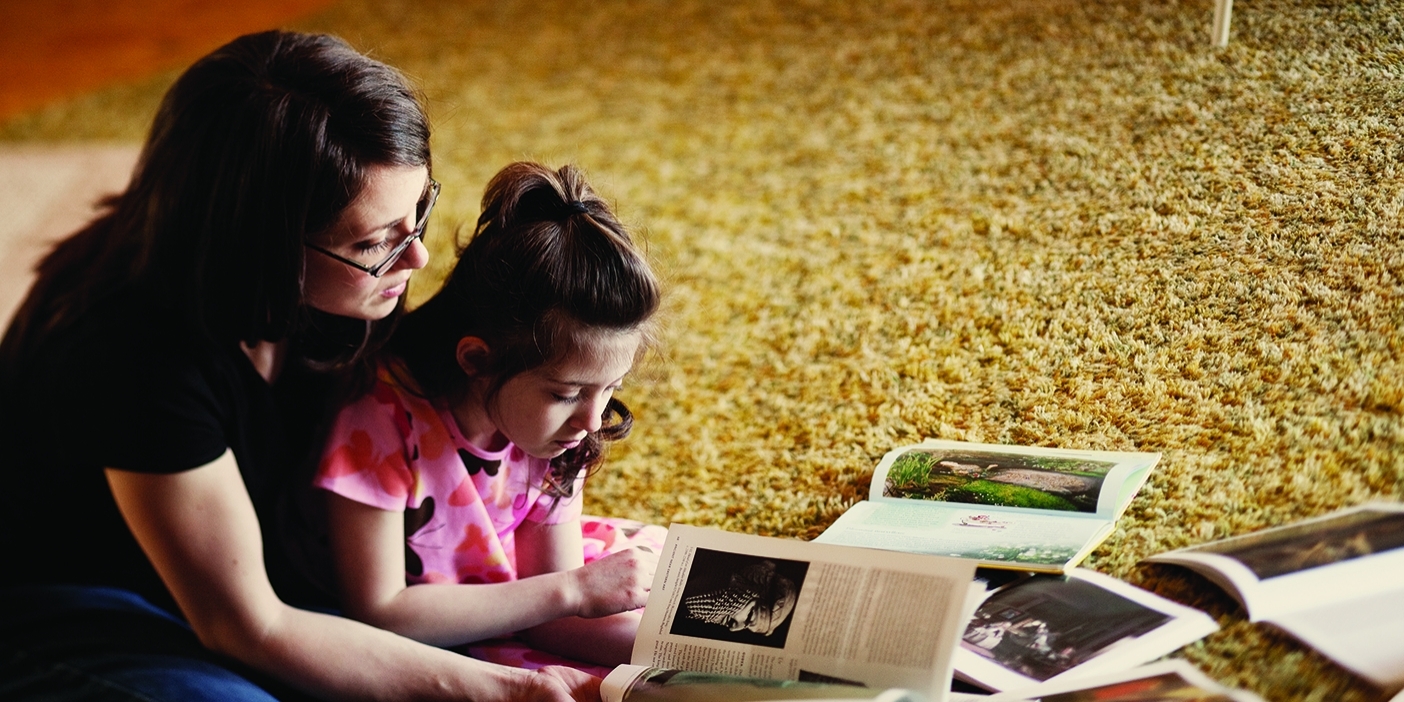Unearthing artifacts from her kids’ past, a mother also catches glimpses of their future.

Recently, I realized our old trampoline, after many years of vigorous use, was more droop than bounce and needed retiring. When moved from its decade-plus spot in the yard, it leaves behind a large patch of dirt and a few scratchy weeds. But as I step into the circle and squat down, I see something more. Just beneath the patina of earth, I find the detritus of four childhoods.
The first thing I spot is a white sandal, size adorable. At the intersection of straps sits a faded flower with a gaudy rhinestone in the center. Surely this sandal was worn one Easter along with a frilly pastel dress. The bedazzled era.
A few feet away I spy a toy car. It’s a Scooby Doo monster truck that I remember well, the last vestiges of my oldest’s “little guyhood.” He loved Scooby. Being scared by a monster that was really just Old Man Jenkins never got old. Until it did.
There are single mittens left behind when the kids dared to jump in the New England winter. And socks. Lots of single socks. Every color and size, speckled with mold and mud. There’s a glint of metal. I find a fork. One of my “good” forks. This still makes me grumpy.
Next I see the corner of an Altoids box. My heart catches. I had forgotten that we buried our dear gecko, Sticky, here. Pets teach us so many things: to love, to nurture, to say goodbye. Our yard houses the shells of many creatures, but Sticky was the first. The kids placed him under the protective shadow of the trampoline. “On the down jump I’m near his body,” said my then 5-year-old. “And when I jump to heaven, I get close to his spirit!” I picture a kindergartener waving at a tiny winged reptile chasing crickets across a cloud.
I find three empty bottles of dish soap. One hot day the oldest invented the game “Suds,” which was simply covering the black mat with liquid soap, turning on the hose, and slipping and sliding on the bubbly surface. I had mixed feelings about this game. Nothing united my children and made them laugh like Suds, but nothing made a mess like it either. Afterward they’d track grass and dirt through the house in search of towels that would be promptly dropped, soggy and mucky on the floor.
There are just as many things in this circle that I can’t see but I can still feel:
• late-night laughter of teenagers
• the joy of a hundred plays, each made up and performed in an afternoon
• bravery needed to jump from the tree house to the center of trampoline
• tears from breaking an ankle during a too-rowdy session of Crack the Egg
• enough static electricity to make Rapunzel’s hair stand on end
• quiet afternoons of solitary reading
• the thrill of attempting—and succeeding—at a full revolution in the air, defying gravity and feeling like you’ve done the impossible
In the center of the circle, I uncover a plastic giraffe that fits into the palm of my hand. I read once that giraffes are the sentinels of the savannah, standing watch over the other animals, connecting earth and sky, ridiculous and beautiful all at once. Over the years I have come to feel a bit like a giraffe, keeping a lookout for my charges. I warn them of approaching danger. Sometimes they listen; sometimes they get chased by lions. Certainly I am beautiful on occasion, but more often I am ridiculous. I set the giraffe upright in the center of the circle. I still need her to stand guard.
My kids are getting older, and they are jumping off into new directions, new challenges, new adventures. Hearts and bones will be broken. They will wear fancy shoes and perhaps drive a truck. I hope they remember how to have fun together. And use the good silverware for mac ’n’ cheese instead of saving it for a special day that may never come.
I hope that they keep jumping. And that life, like a double bounce, will push them up, even briefly, so they can fly.

Heather Sundahl is a writer who lives in Belmont, Massachusetts.
Share a Family Story | In Letters from Home BYU Magazine publishes essays by alumni about family-life experiences—as parents, spouses, grandparents, children. Essays should be 700 words and written in first-person voice. BYU Magazine will pay $350 for essays published in Letters from Home. Send submissions to lettersfromhome@byu.edu.












